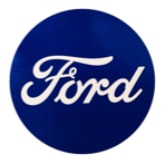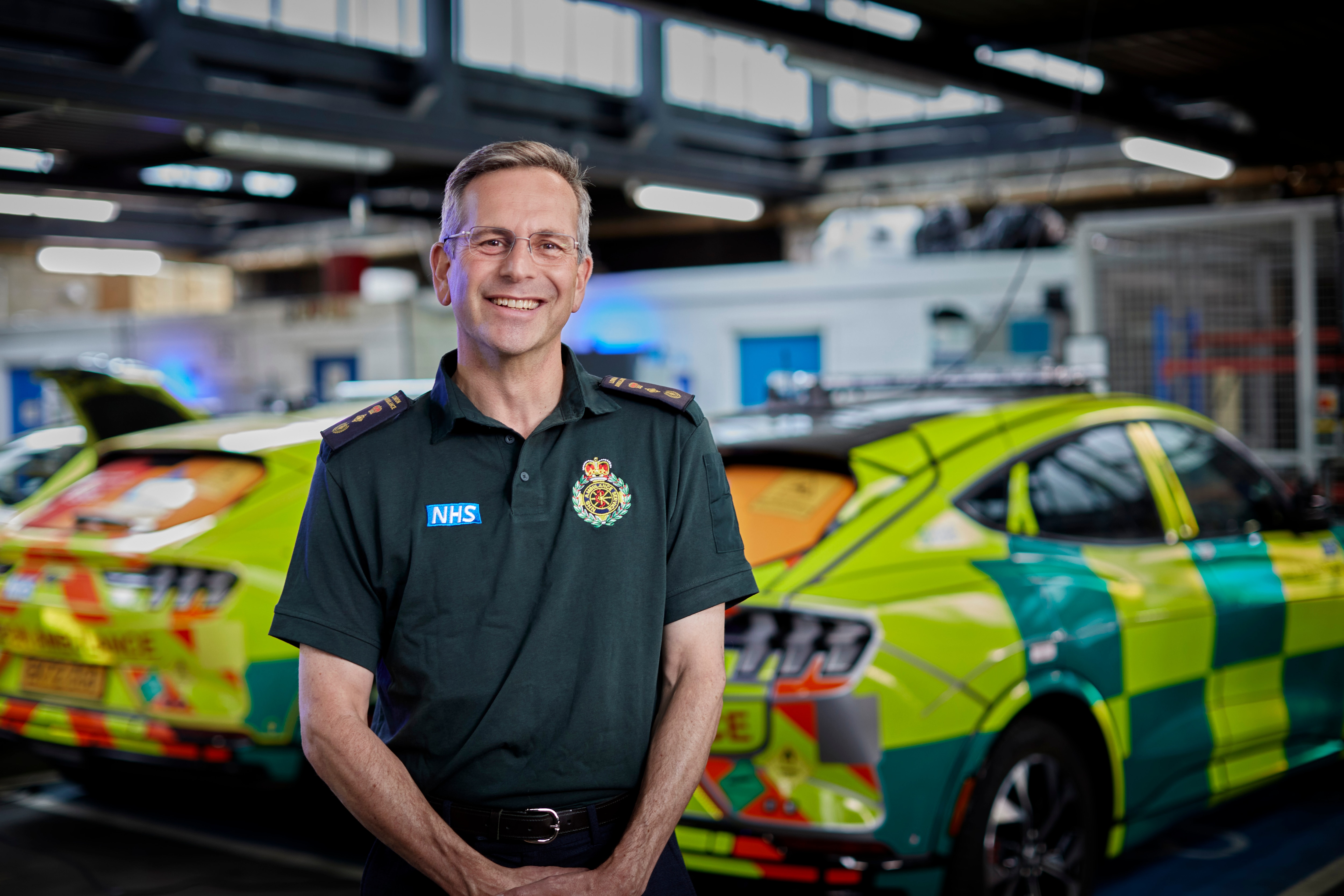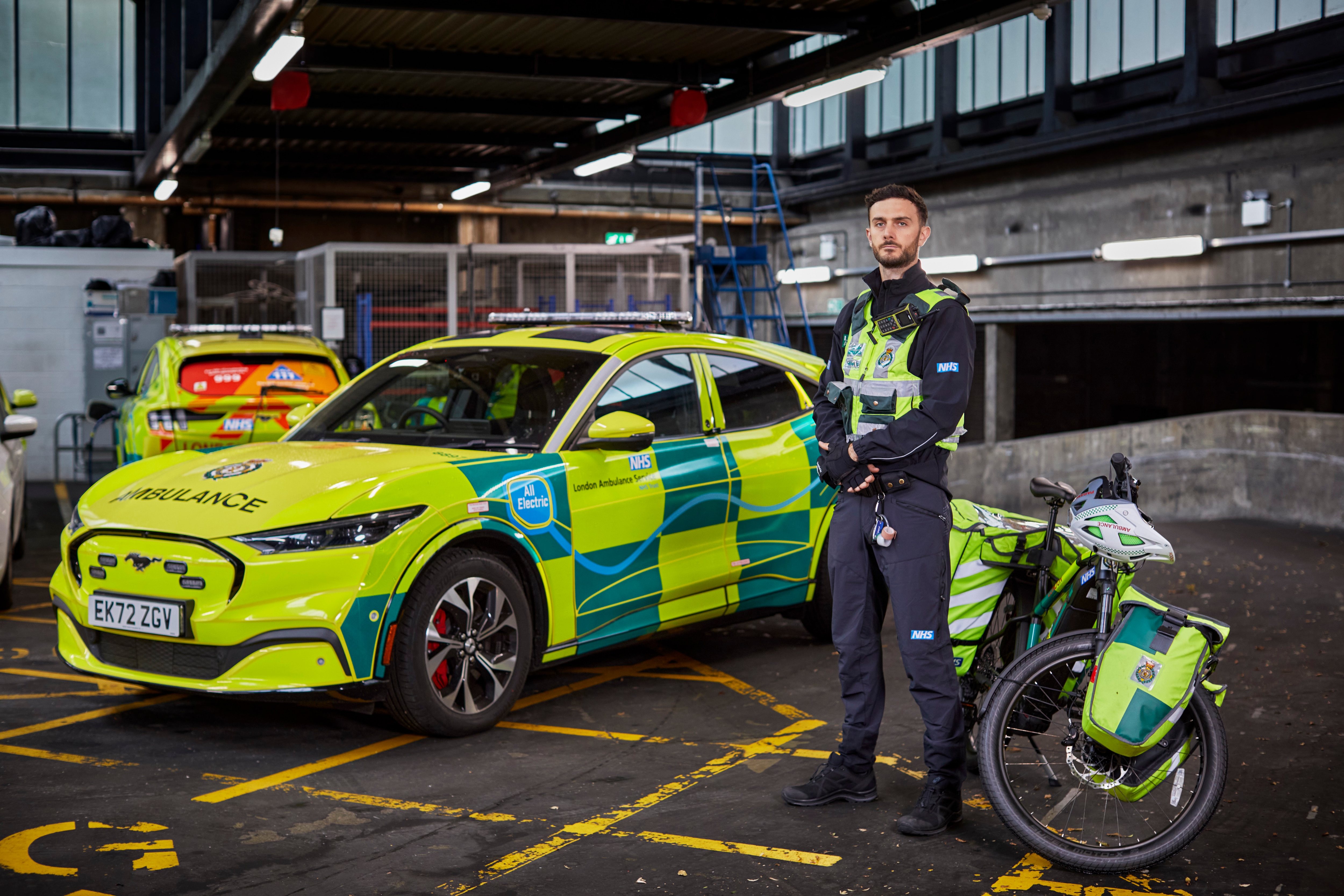
Cheers to That: Software Helps Recover Stolen Pop-Up Bar



When Marek Lowicz-Brady puts on his London Ambulance Service uniform ahead of a 12-hour shift as a paramedic working solo in a fast response car, he has no idea what to expect. Like any big city, London is a place where anything can happen at any moment and he must be prepared to make split second decisions that could save a life.
To get to incidents as quickly as possible 42 Fast Response Unit vehicles are used by paramedics at London Ambulance Service, all of which are specially adapted Ford Mustang Mach-E electric vehicle. Marek uses one of those, taking most of the kit found in an ambulance with him as he uses the agility and performance of the Mustang Mach-E to cut through the city traffic.
Aside from the performance credentials, the cars were also chosen for their ability to complete a full shift without needing to be recharged, saving valuable time while also helping to reduce the fleet’s total CO2 emission.

“It was really important to us to choose an electric vehicle where the life of the battery met the entire shift which is 12 hours."”Daniel Elkeles, LAS Chief Executive
But for Marek and his colleagues the most important thing is getting to patients quickly, using their skill, judgement and training to make a difference at the critical time. And for that the Ford Mustang Mach-E is proving to be the perfect partner.
SYNC Integration Module Ford engineers spent time visiting blue light services to find out what staff really wanted from a vehicle.
One key complaint was the amount of additional equipment that was needed on the front windscreen, or attached to the dashboard for things like navigation and the multi-data terminal that displays information about the callouts they’re heading to.

The solution was a SYNC integration module, developed by Ford Pro’s Digital Integration Services Team, that allows the vehicle’s SYNC screen to switch from the normal customer view to an input view from the ambulance service computer fitted in the boot, giving paramedics the information they need about the job they are going to and how to get there.
This reduces clutter inside the vehicle, provides a large screen view and is significantly more cost-effective than adding additional equipment. It also means no additional holes are needed to be cut into the dashboard and is easily removable at the end of the vehicle’s time in service.